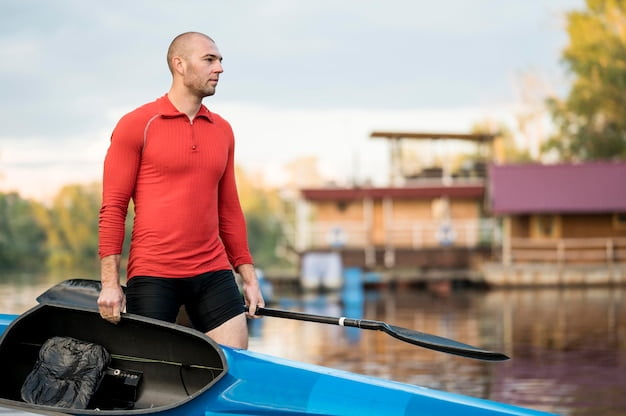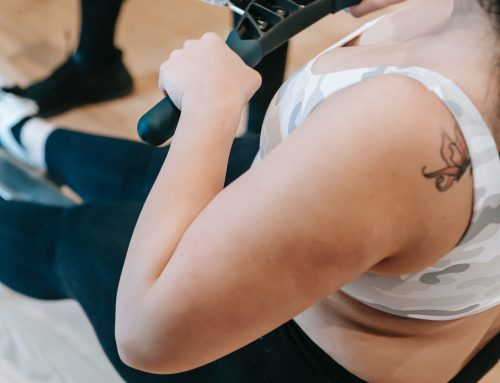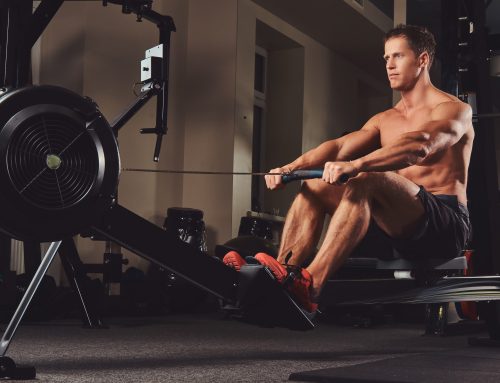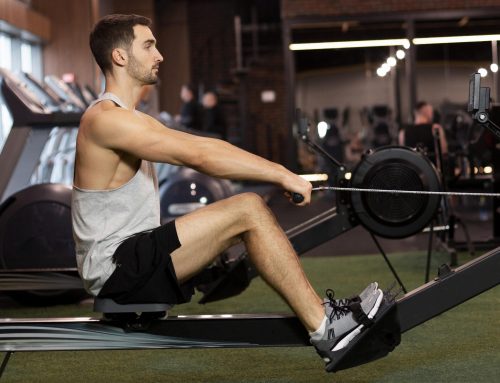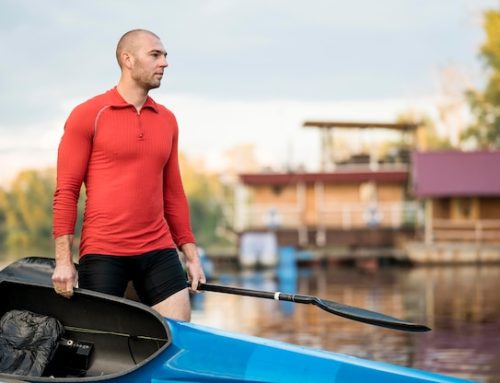Introduction
Have you ever noticed how rowers seem to have the most toned and ripped bodies? It’s not just your imagination – rowing is a sport that demands extreme physical fitness. Rowers are known for their muscular arms, shoulders, and backs, as well as their impressive cardiovascular endurance. But why is it that rowers are so jacked? In this article, we’ll explore the science behind what makes rowing such a great workout for building muscle and burning fat.
What Muscles Do Rowers Use?
Rowing is a full-body workout that engages nearly every muscle in the body. However, certain muscle groups are particularly important for generating power and speed on the water. The primary muscles used in rowing include the legs, back, and arms. The legs drive the rowing motion, while the back muscles provide stability and support for the spine. The arms and shoulders are responsible for finishing the stroke and pulling the oars back to the starting position.
Rowing vs. Other Cardio Workouts
One of the reasons rowers are so jacked is that rowing is a high-intensity, full-body workout that burns a lot of calories. According to Harvard Health, a 155-pound person can burn as many as 520 calories in just 30 minutes of rowing at a moderate pace. This makes rowing a more efficient calorie-burner than other cardio exercises like running or cycling.
The Benefits of Resistance Training
Another factor that contributes to rowers’ muscular physiques is the resistance training aspect of rowing. Rowing machines use a flywheel mechanism that creates resistance as you pull the oars back. This resistance increases the workload on your muscles, leading to greater gains in strength and muscle size. Resistance training has been shown to be more effective for building muscle than cardio alone, which may explain why rowers tend to be so muscular.
Rowing Technique and Muscle Activation
In addition to the physical demands of rowing, the technique used in the sport also plays a role in muscle development. Proper rowing technique involves a powerful leg drive followed by a smooth, fluid motion of the back and arms. This technique maximizes the engagement of the major muscle groups, leading to greater gains in strength and endurance over time.
How Nutrition Affects Muscle Growth
Of course, building muscle isn’t just about exercise – nutrition also plays a critical role. Rowers require a diet rich in protein and other essential nutrients to support muscle growth and repair. Nutrition experts recommend consuming at least 1 gram of protein per pound of body weight per day for optimal muscle growth. Rowers also need to consume enough calories to support the high energy demands of their sport.
Conclusion
In conclusion, rowers are jacked because rowing is a full-body, high-intensity workout that engages nearly every muscle in the body. The resistance training aspect of rowing, combined with proper technique and a nutritious diet, leads to significant gains in muscle size and strength. Whether you’re an aspiring rower looking to build muscle or simply curious about the science behind rowing, understanding the factors that contribute to rowers’ jacked physiques can help you achieve your own fitness goals.
| Exercise | Calories Burned (30 min) |
|---|---|
| Running (6 mph) | 298 |
| Cycling (12-13 mph) | 238 |
| Rowing (moderate) | 520 |
